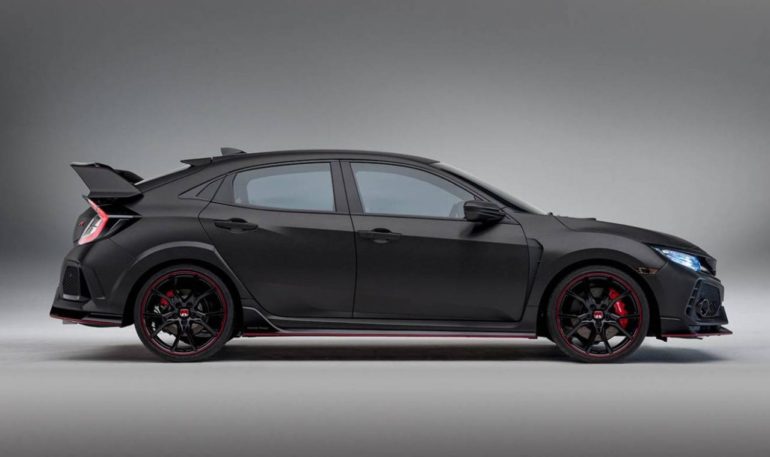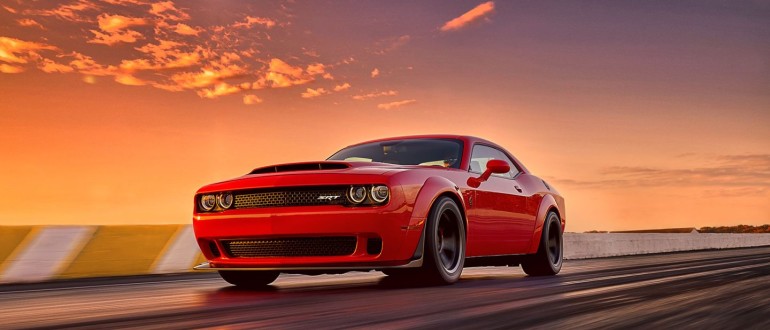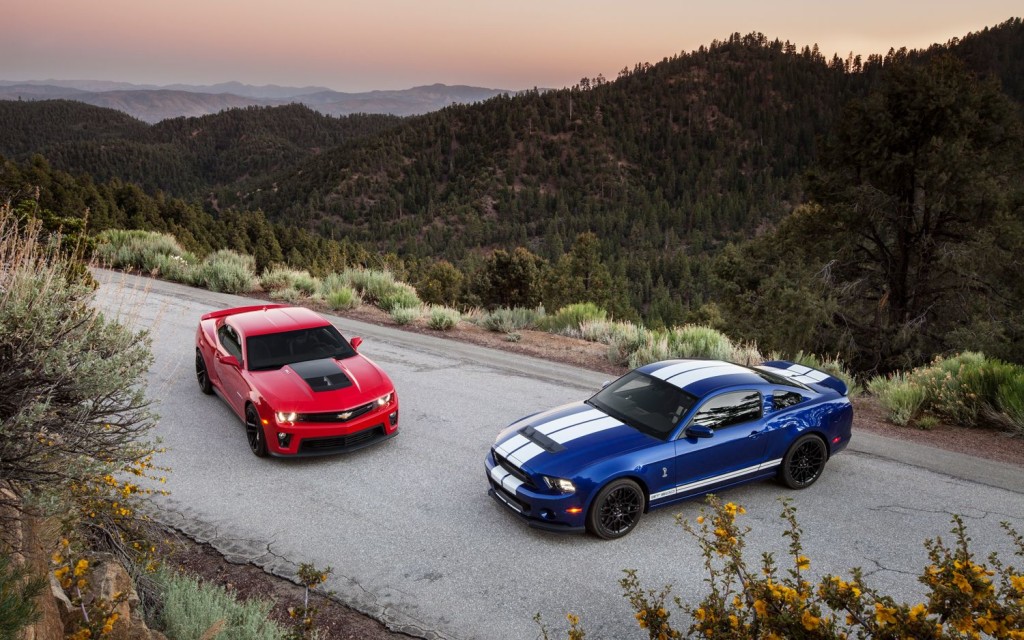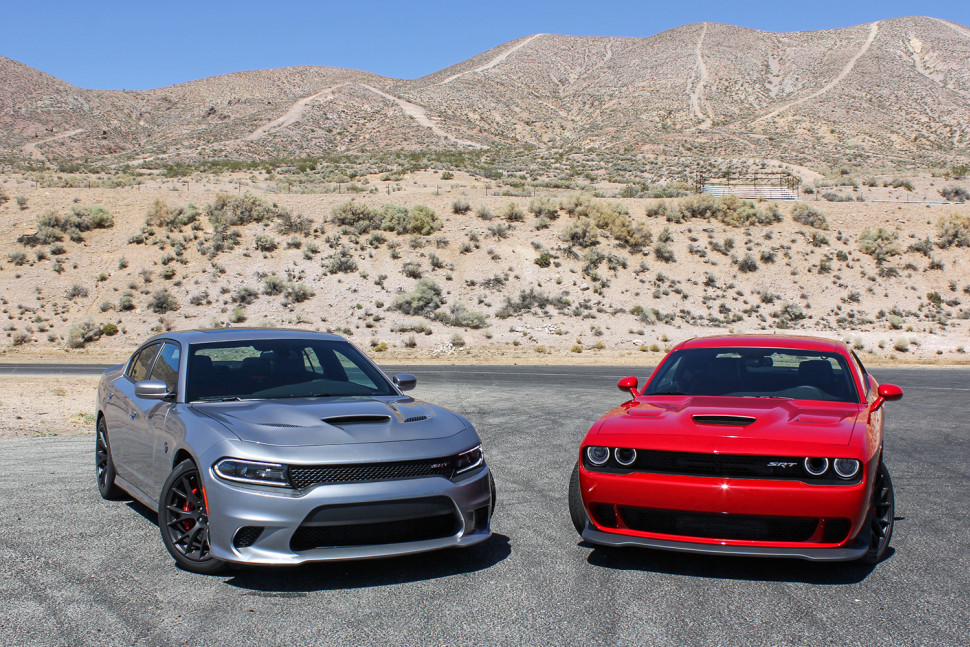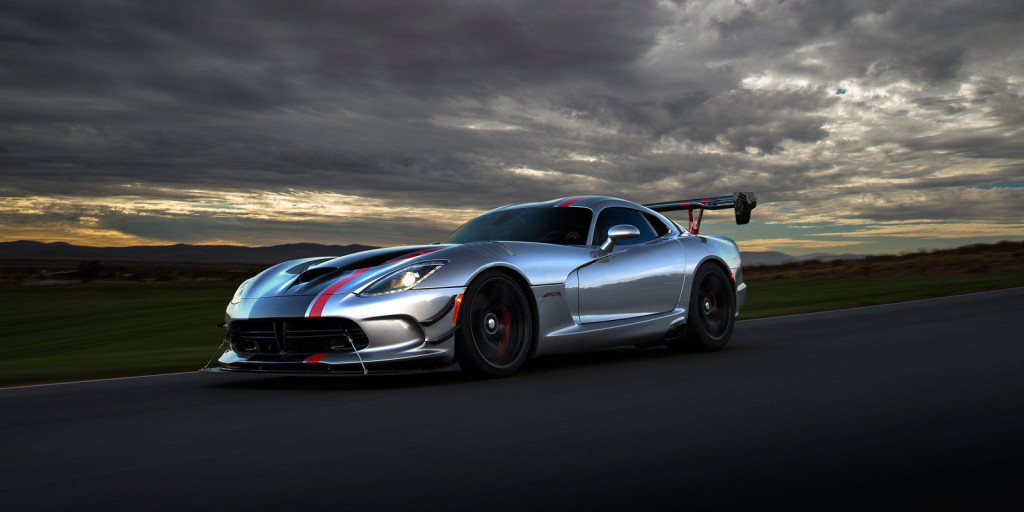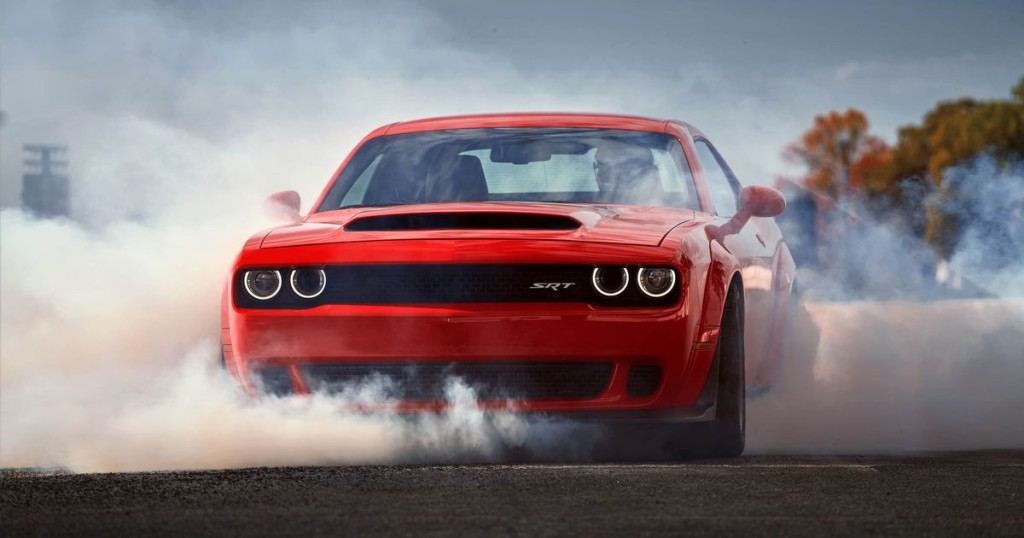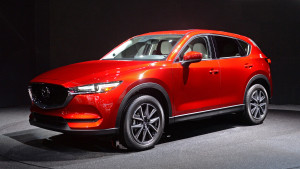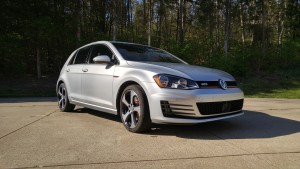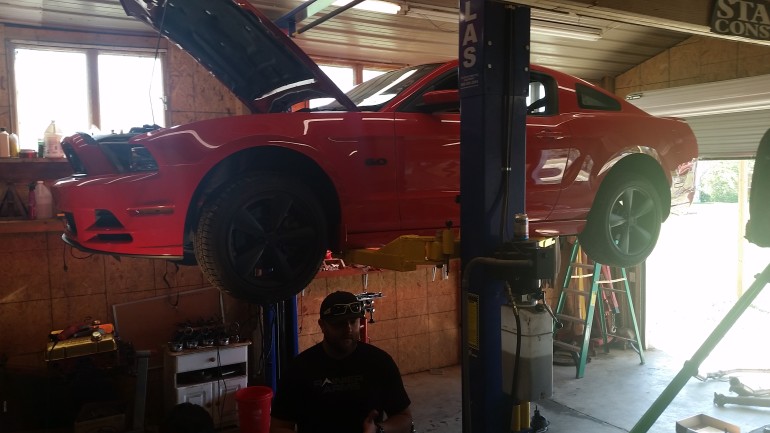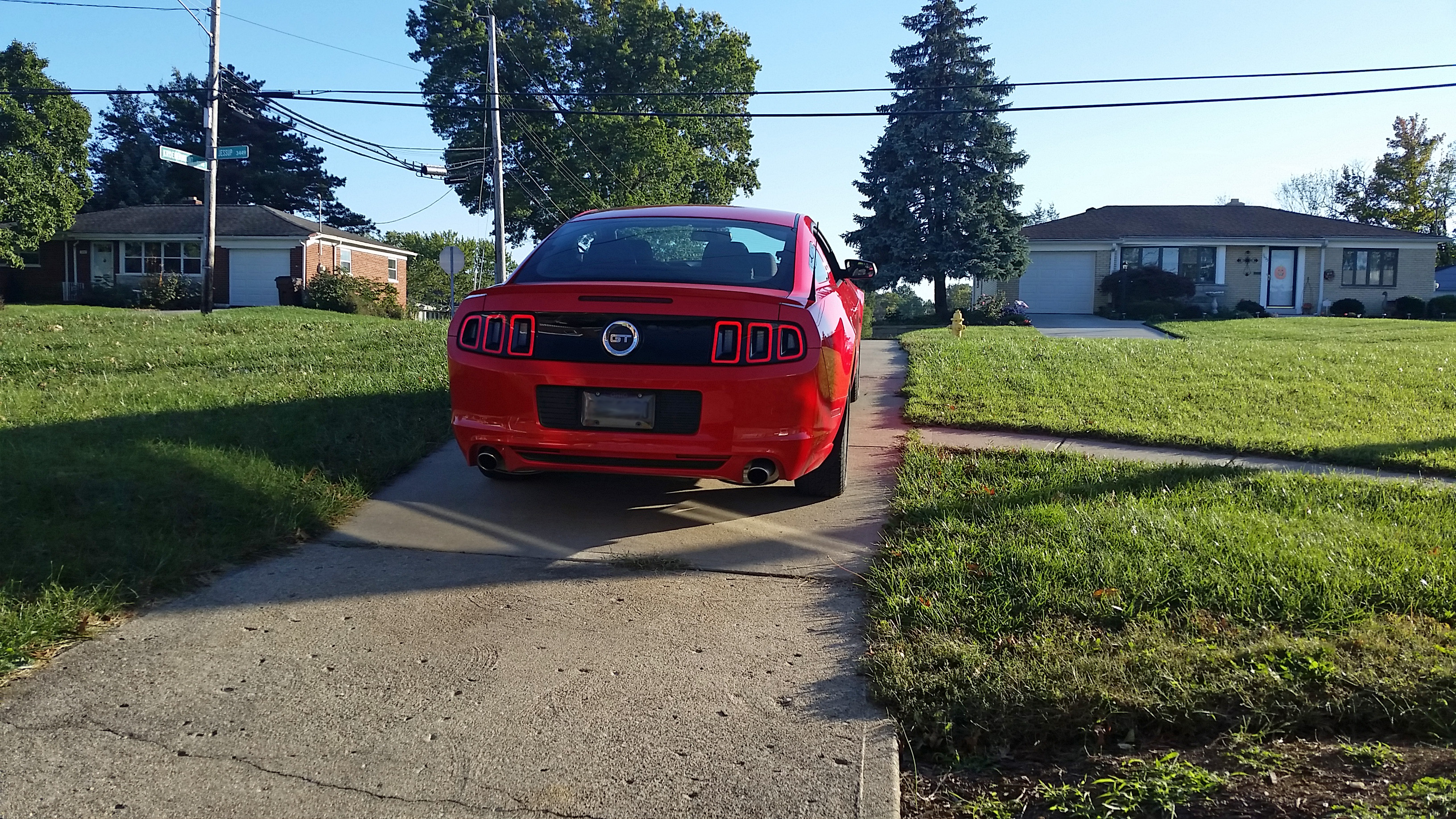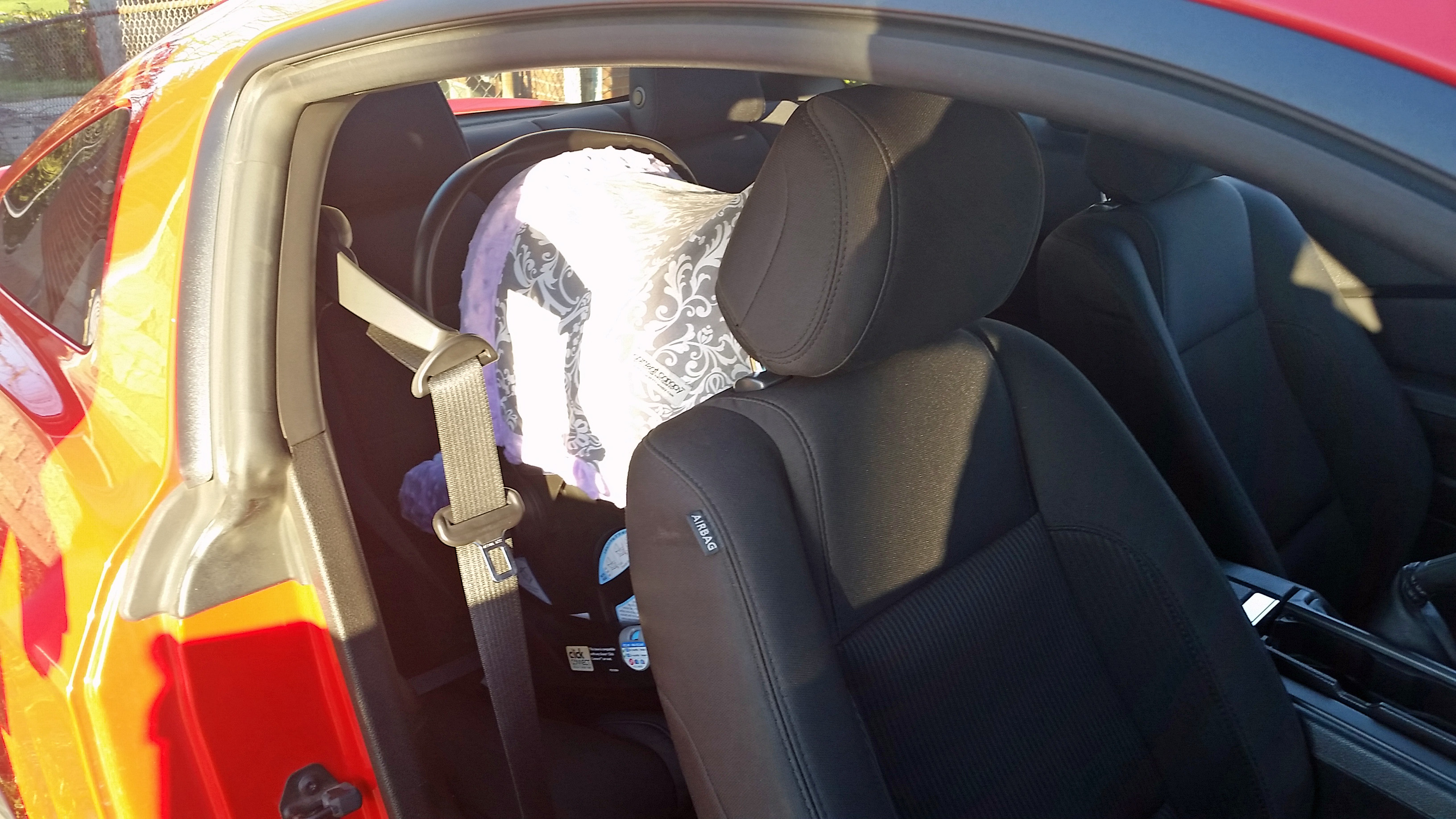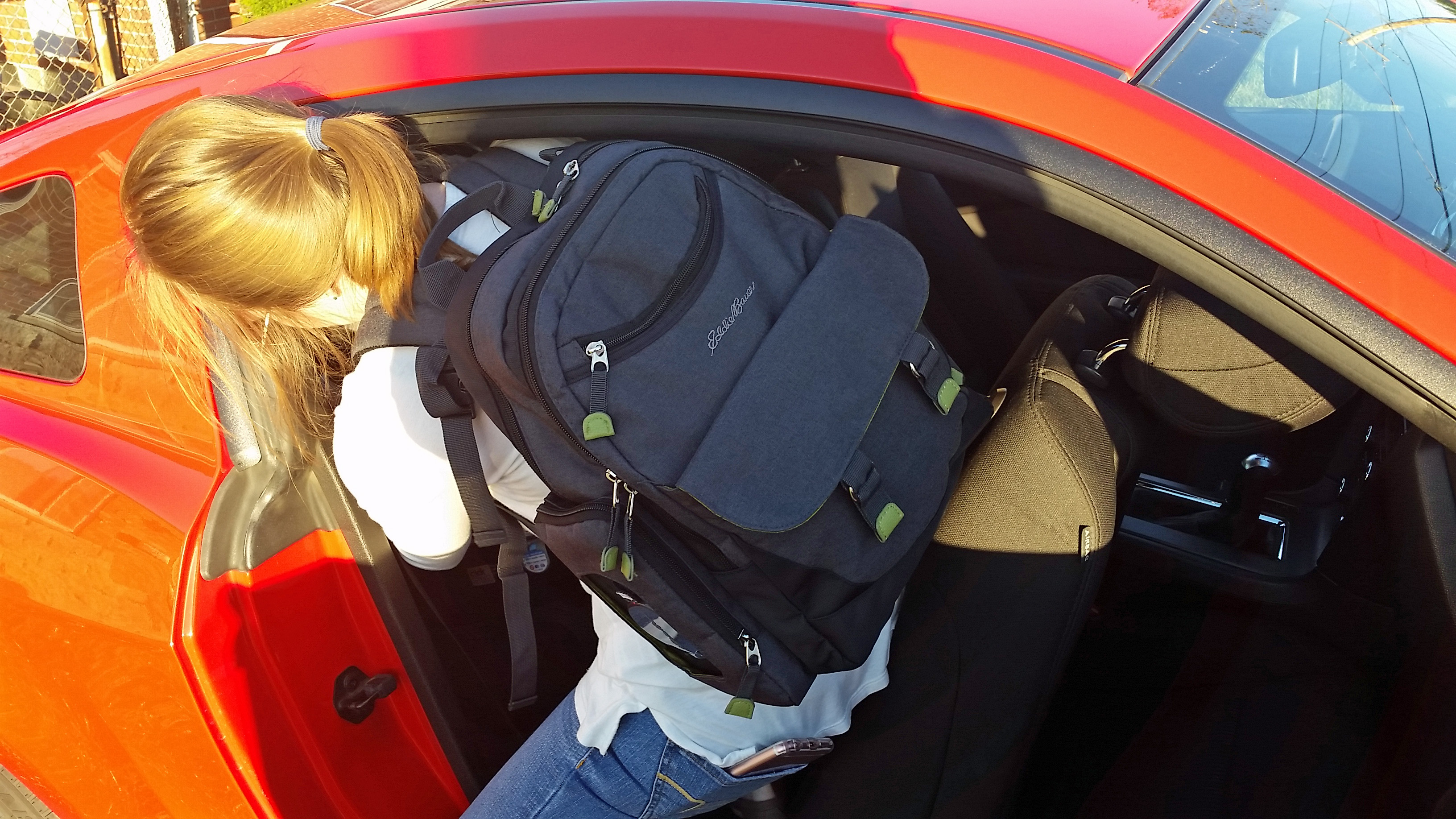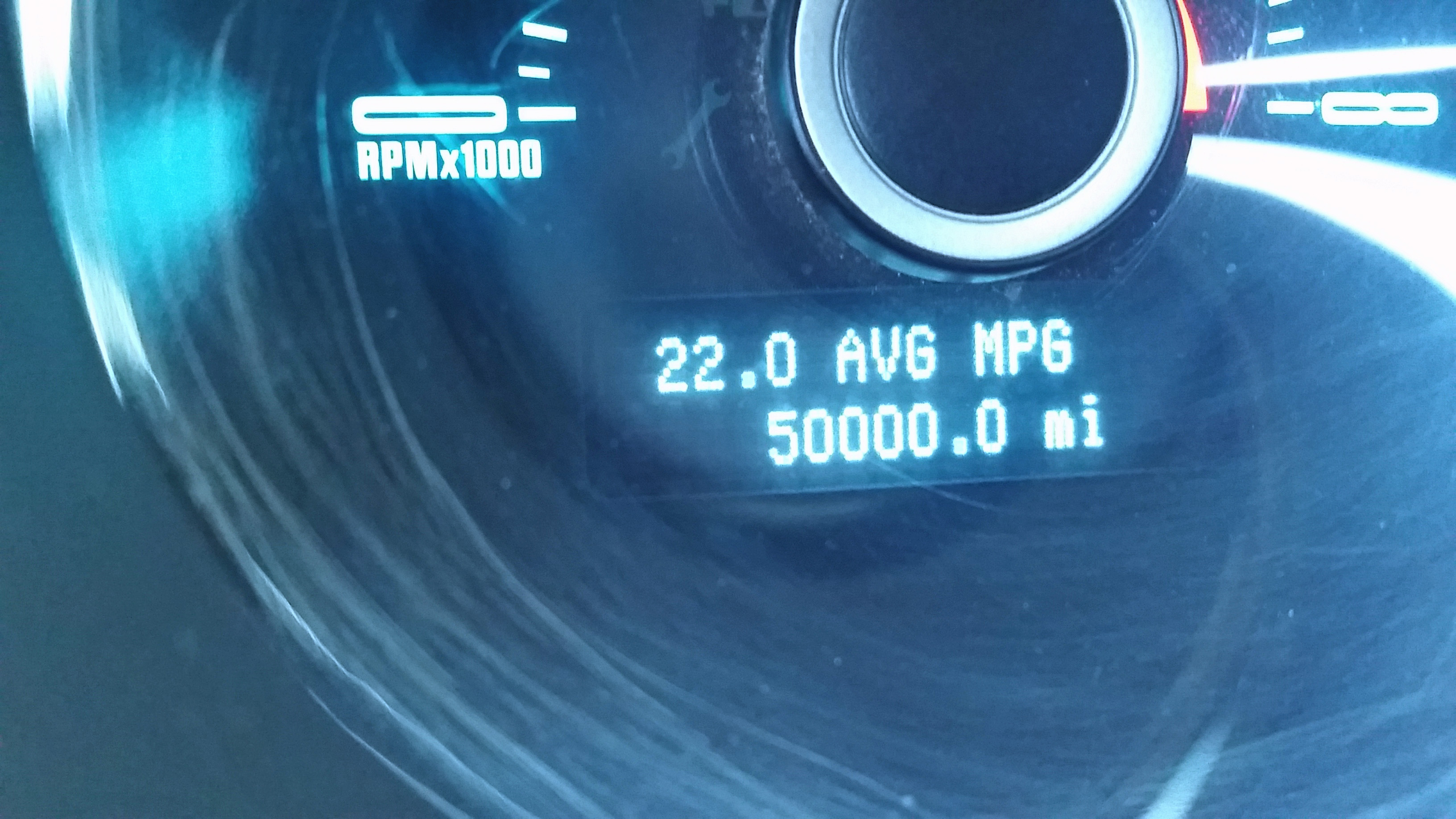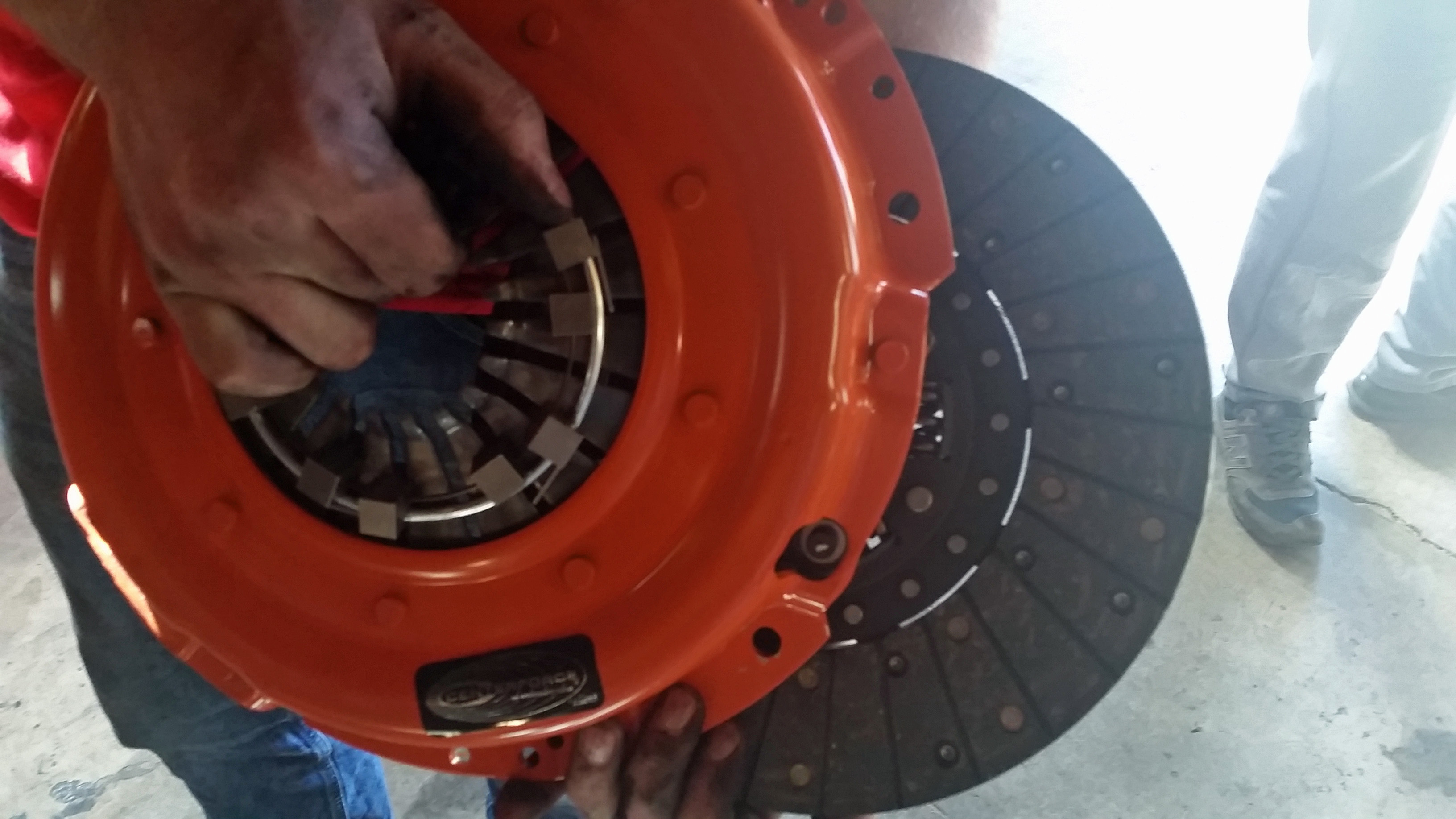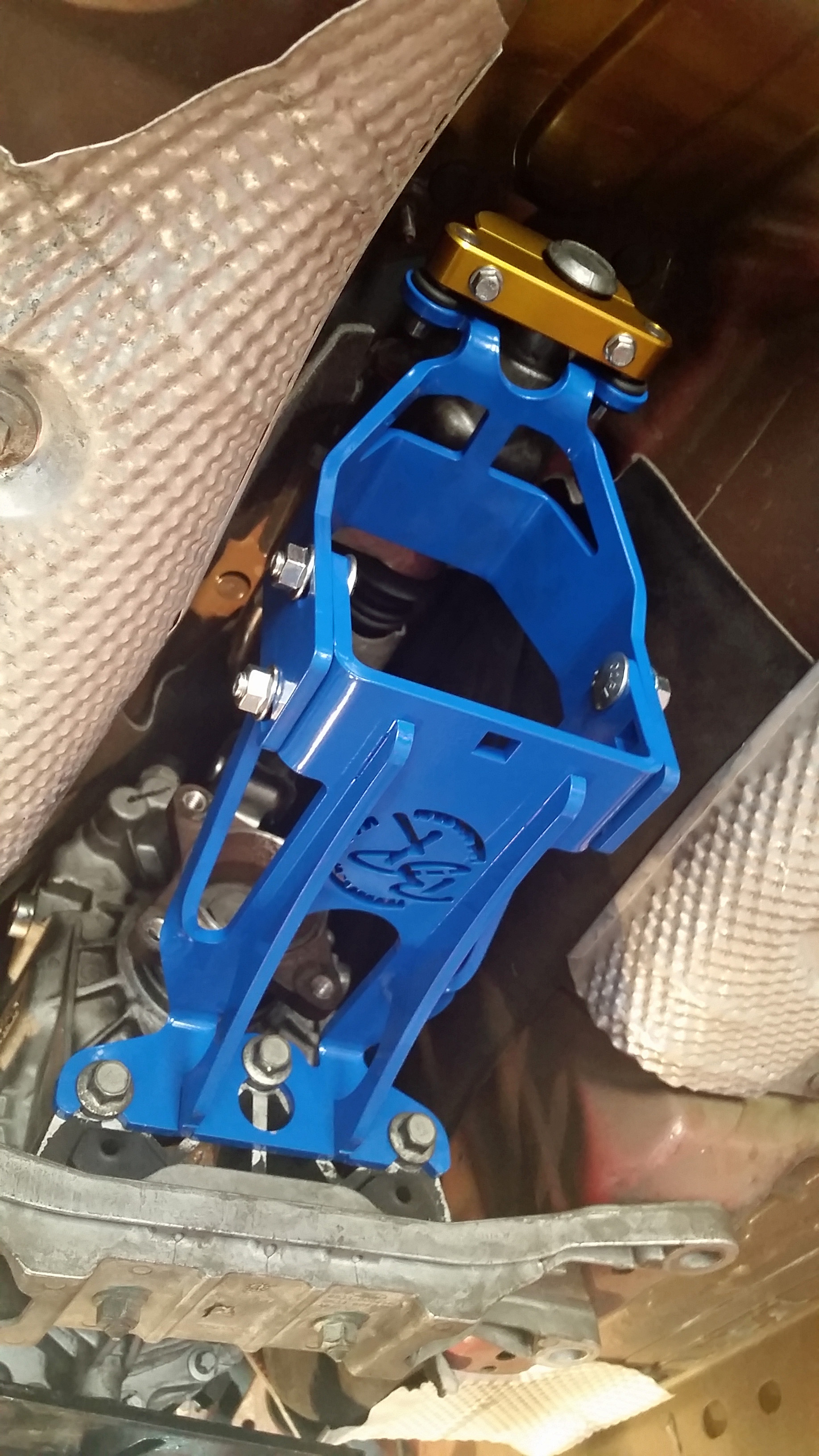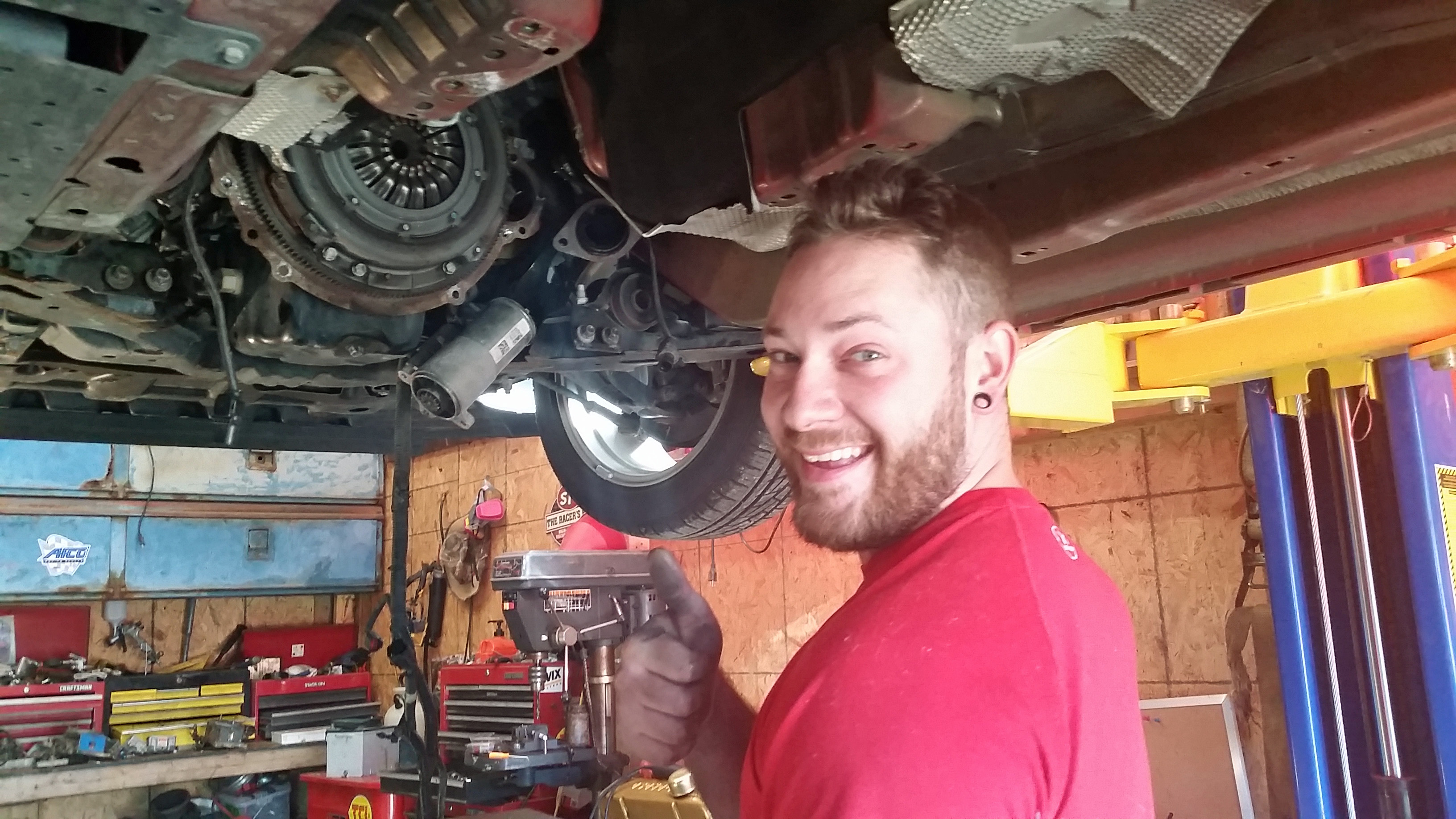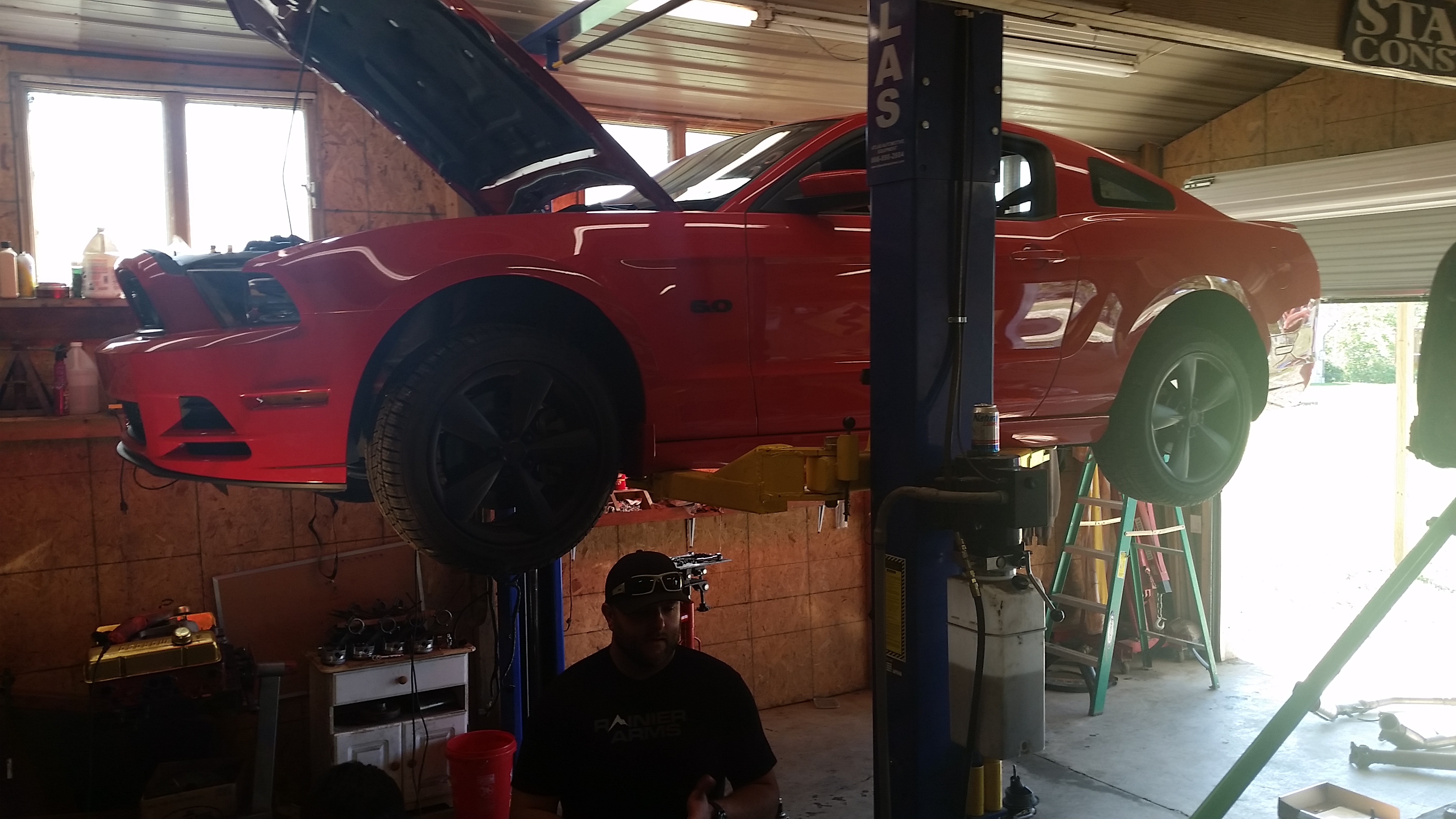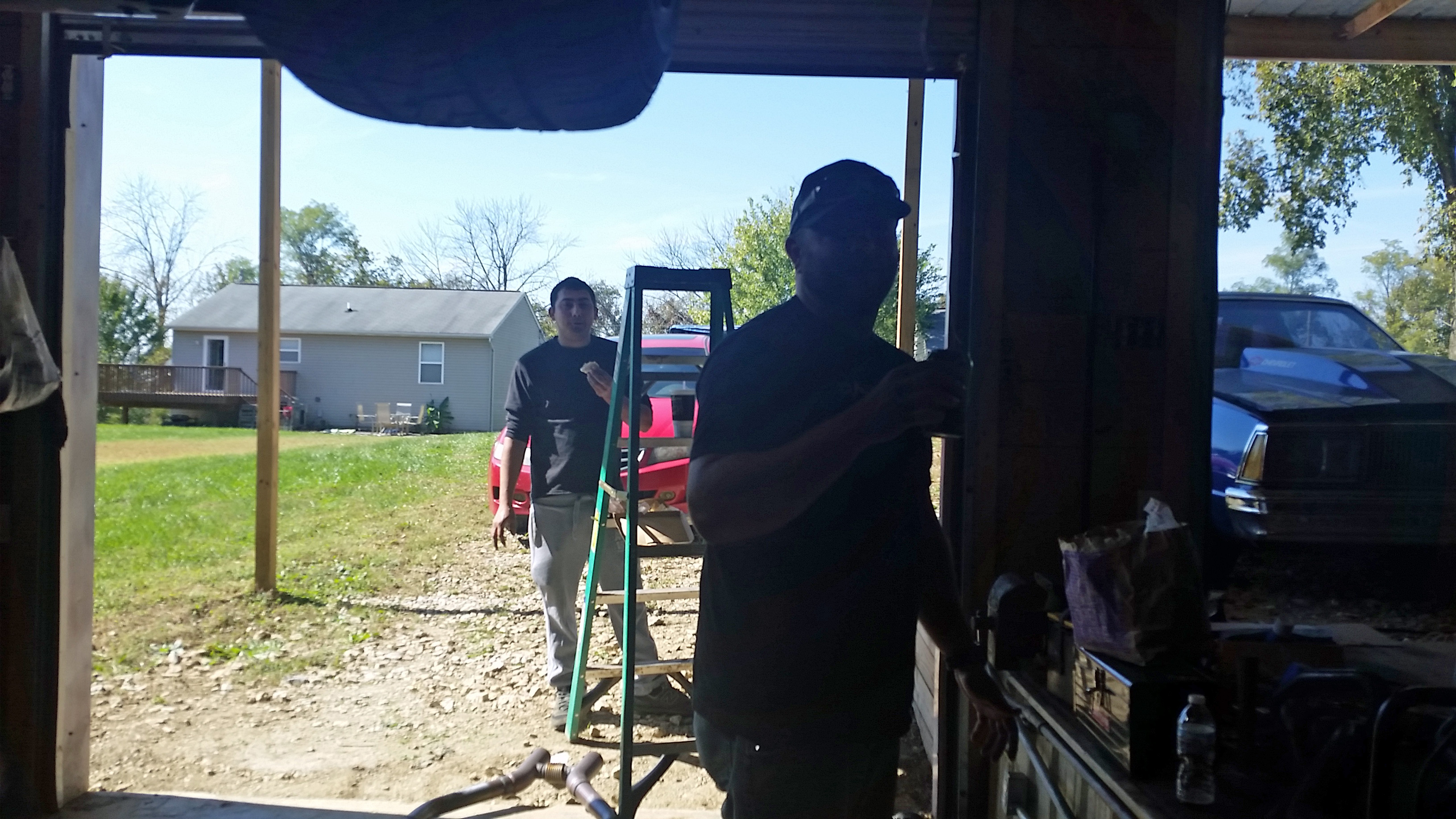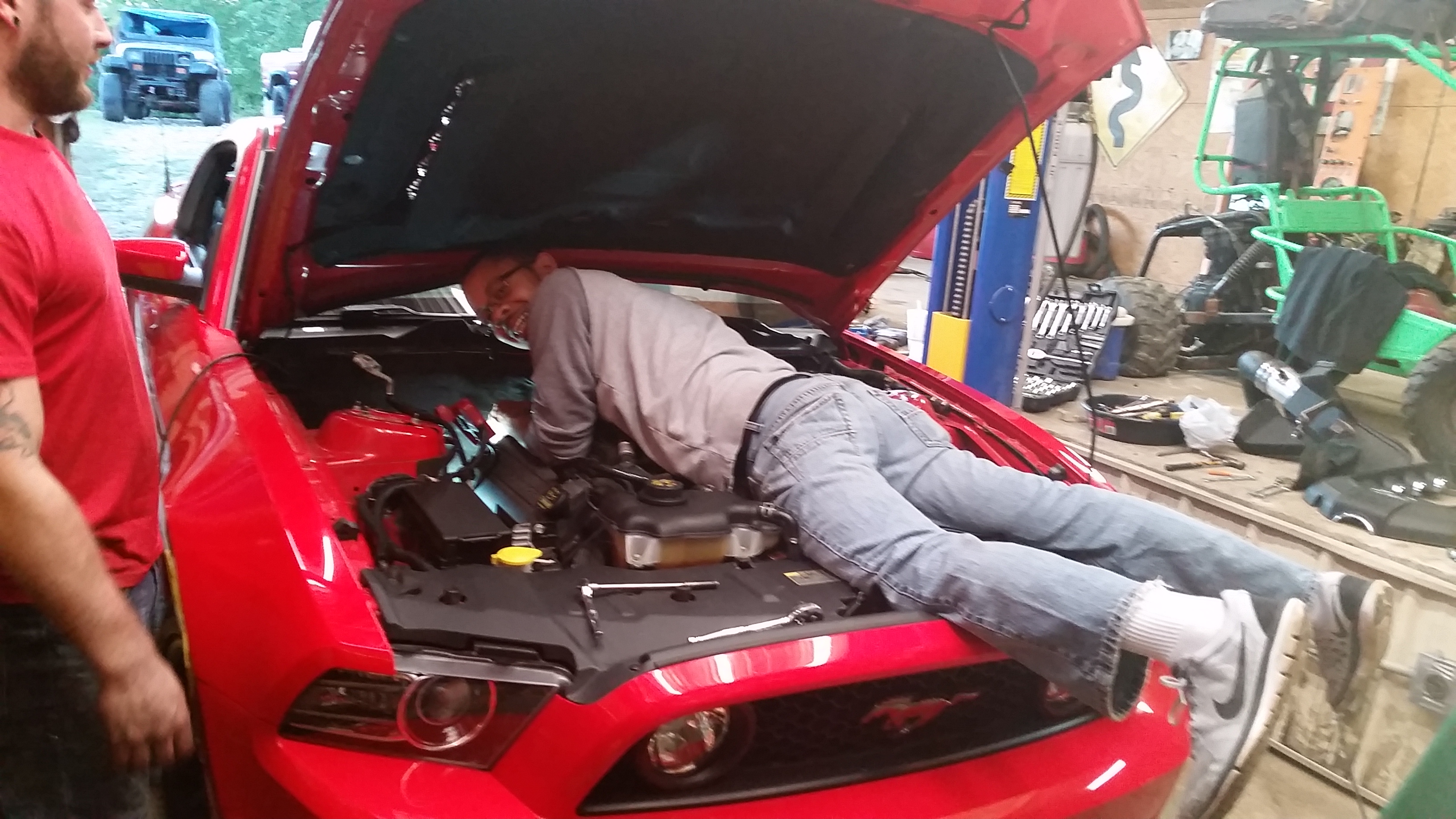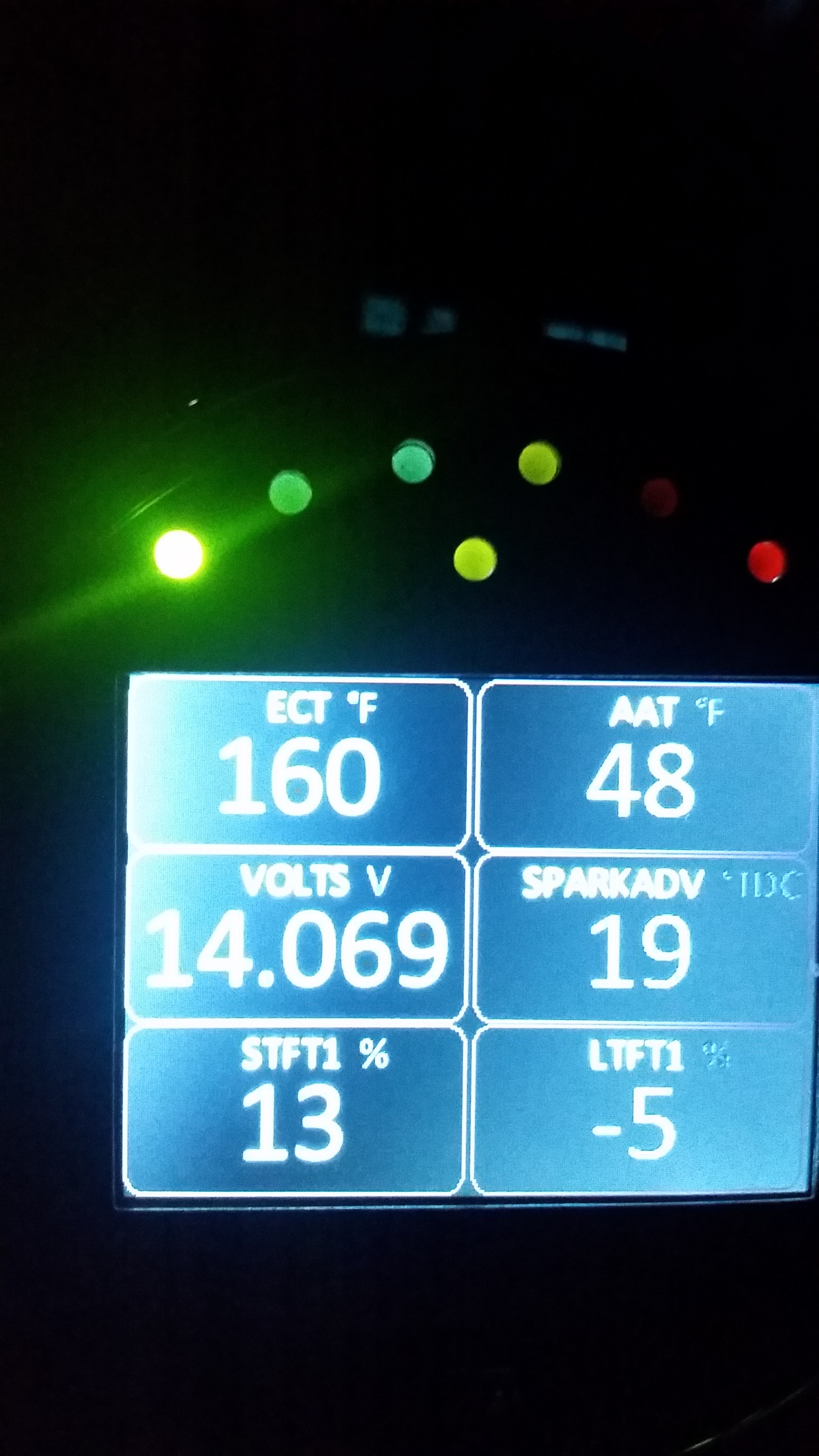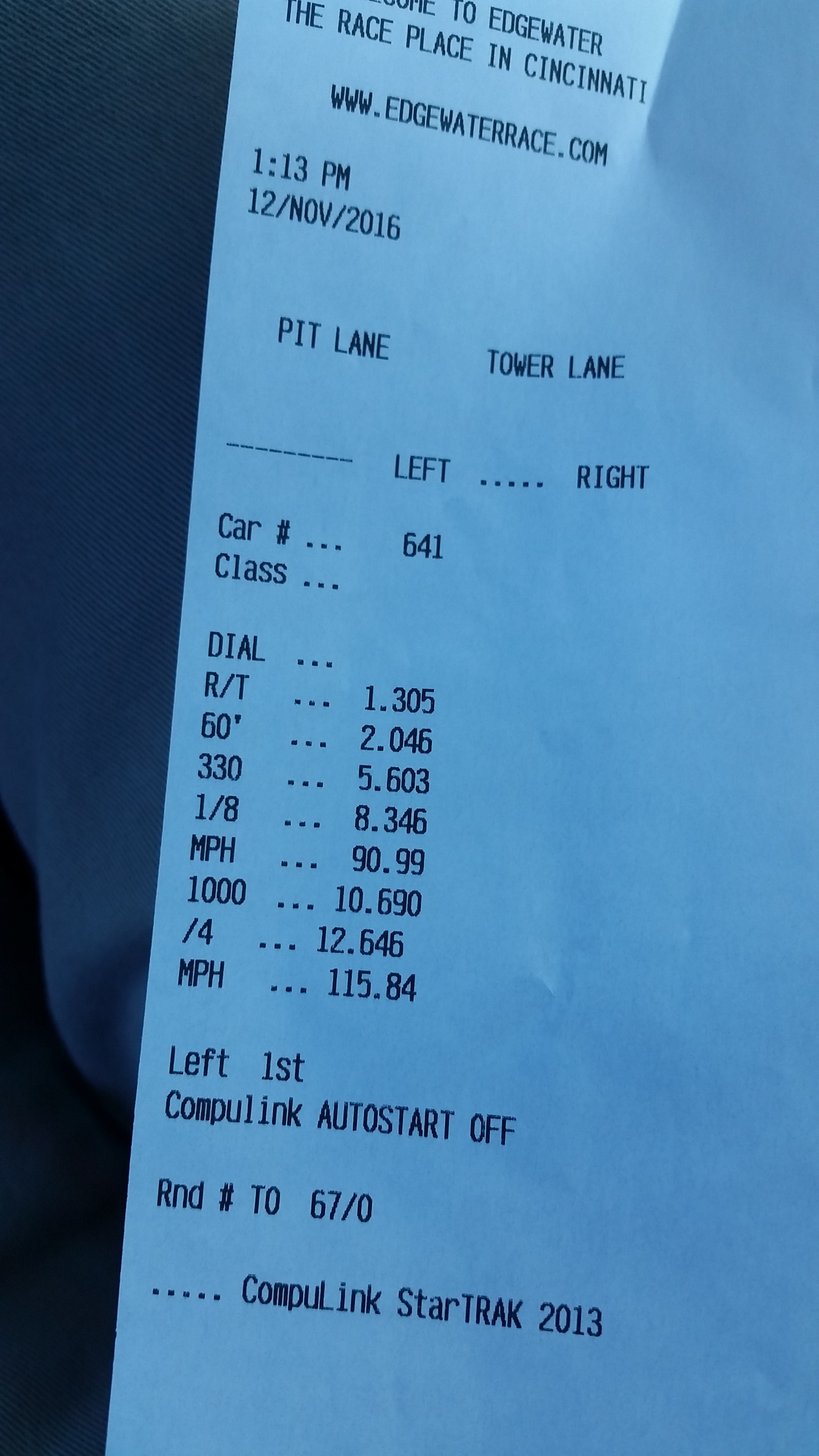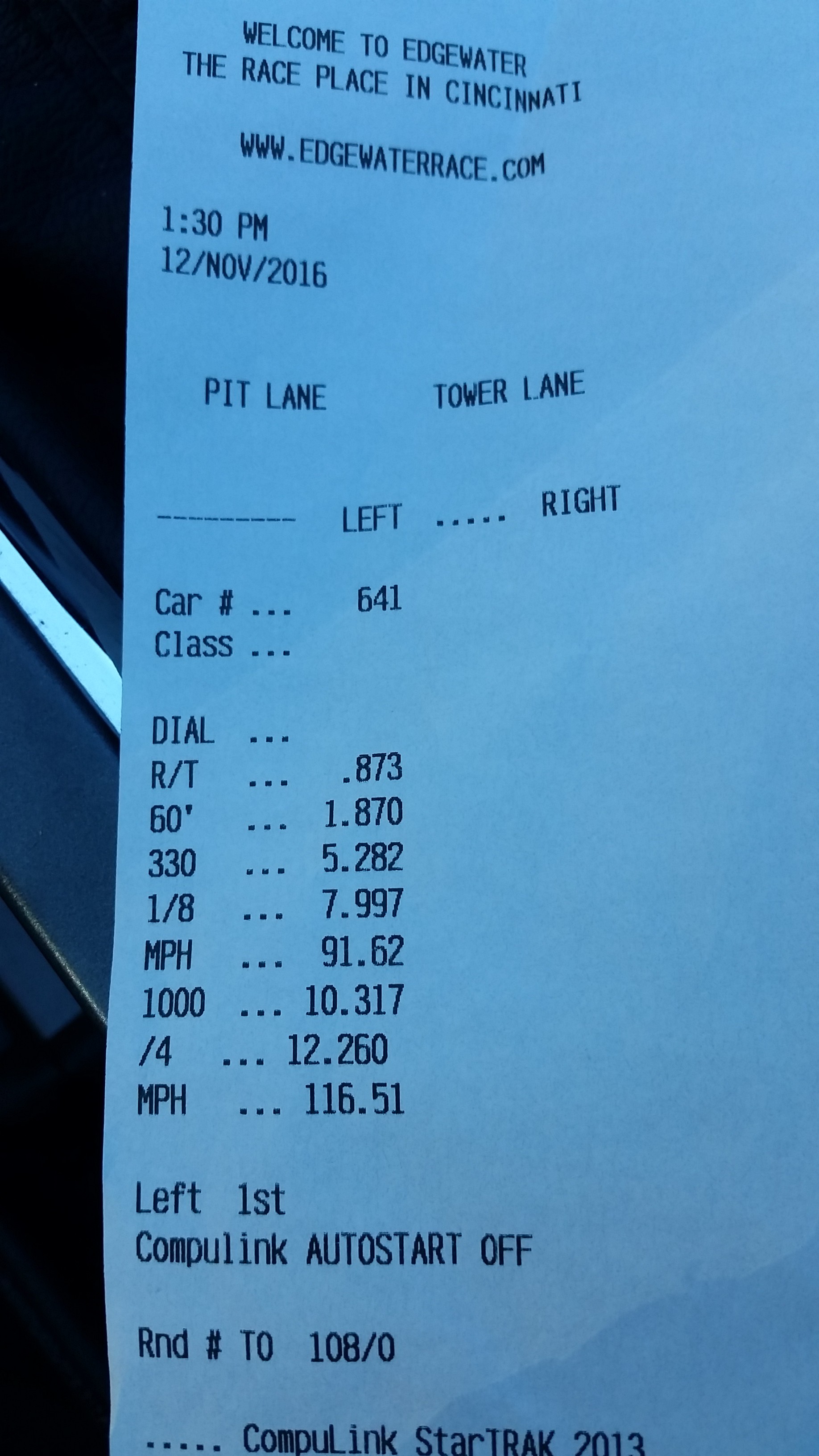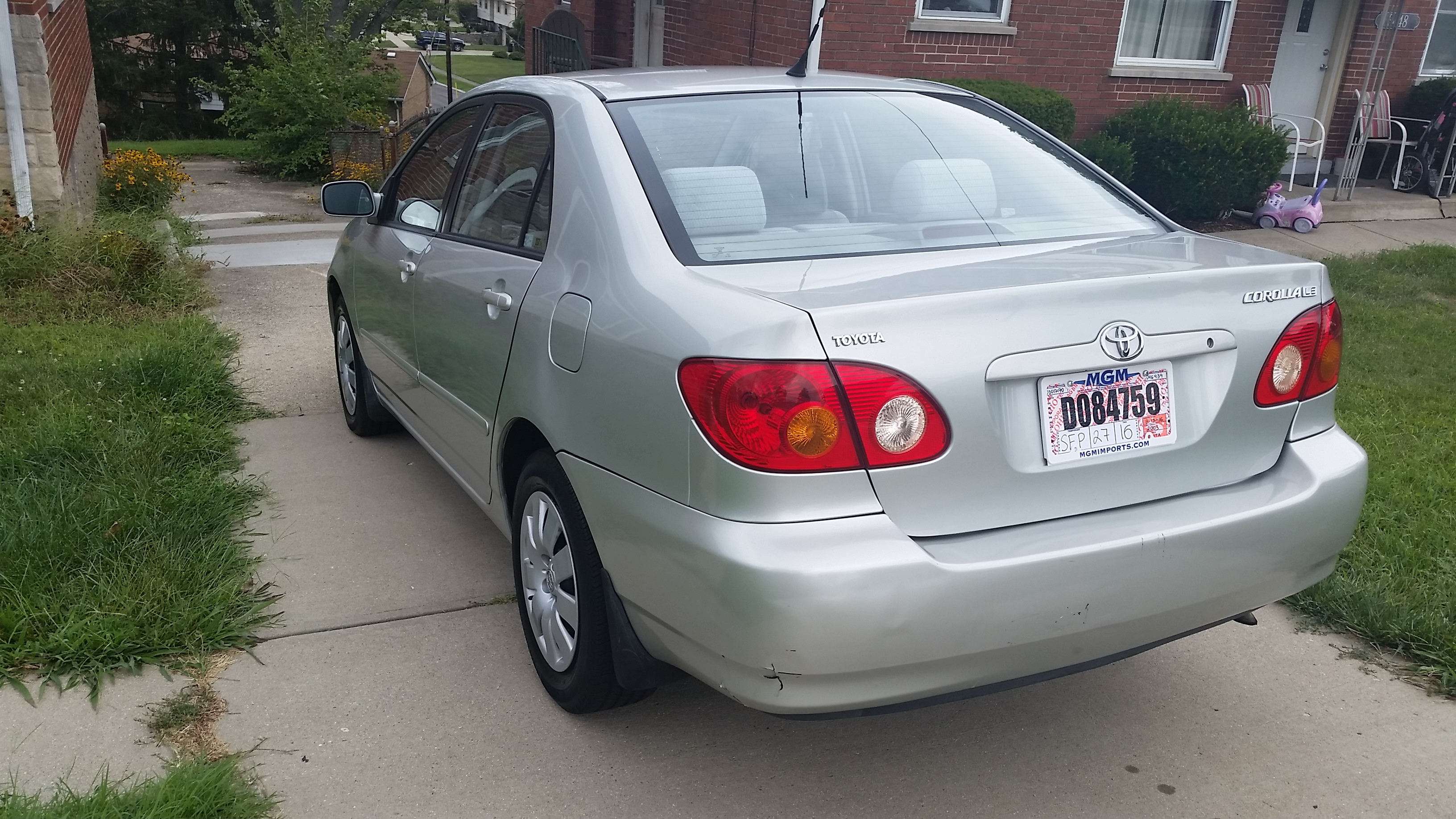Rigmarole: Unicorns of Nürburgring
The Numbers
Lets face it: performance metrics make the headlines.
How awesome could a car be if we don’t have proof of its awesomeness? It’s one of the key drivers of automotive passion, the fact that your favorite car can do something else slightly better than someone else’s.
So, Car A is one-tenth faster 0-60 MPH than Car B. In reality, this could equate to less than a half car-length between two competing vehicles duking it out—hardly a measurable difference until you speak with the guy that drove the car that won. Yeah, we’re guilty of it, especially when it comes to “magazine racing” where we pull up editorial test statistics and root our arguments in these sometimes hardly repeatable data points.
Car & Driver, one of my personal favorite editorials at least has a sanctioned and well-documented test procedure that they subject every automobile to. Motor Trend, and plenty of others have their own versions as well. This is probably one of the most scientific ways that performance metrics can be extrapolated, yet here we are in an age where manufacturers have turned to lap time posts for bragging rights.
What a tough time to be a car fanatic.
The Problem
Alas, we reach the pivotal issue of the problem this creates:
No matter how awesome these vehicles truly are, we have a duty to uphold their creators to the auspices of truth and honesty. It is up to us to make sure that the performance quotes are real and independently verified, as we would never be satisfied with a refrigerator that barely kept the food cold. So, here I am, basking in the everlasting knowledge of the internet, when I stumble upon another breaking news headline divulging that a Honda Civic broke the front-wheel-drive lap record at the Nürburgring with a claimed time of 7:43.8.
I mean, color me impressed that this abysmally-styled, wrong-wheel-drive, teenager wet dream powerhouse proved to be well-adept at tackling the most grueling track on Earth, but I can’t help to call BS on the claim when I think in scales of advertising ethics. The lap time was apparently achieved using a “pre-production model” Honda apparently said “was technically representative of production specification.”
What?
The story sounds kind of familiar. You remember the crazy Lamborghini Huracan Performante fiasco, right? In early March, they posted up a similarly wild claim that they took a heavily reworked Huracan, added some trick active aero bits, and demolished the “production car” lap record at the ‘Ring. Skeptics quickly pounced on the jumpy video footage and some of the oddities in the displayed speedometer over the breadth of the course, however Lamborghini finally posted “data” to “support” their claim (as if that would make it all go away).
Again, we wound up right where we are with the Civic Type-R, staring into the abyss in awe at a production vehicle that isn’t technically a production vehicle, blasting through records that were in serious race car territory just one decade ago. Once we get past the piles of fanboys and endless pictures of the fabled machine leaning heavily on its haunches whilst draped in camo, we start to uncover little tidbits that dial up the suspicion.
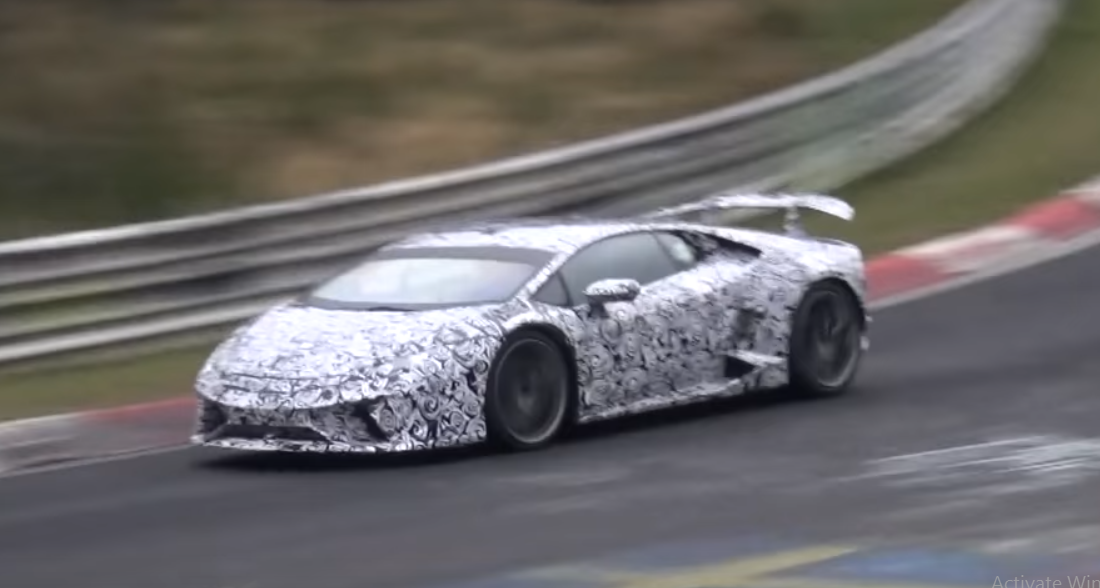
Wait, what was that? It had “semi-slick,” but still “street legal Trofeo R tires? Oh, the radio was missing, as well as the back seat? It was a “pre-production” model, “close to factory spec,” you say?
Well, here’s the thing, dammit. We’re tired of these loopholes! How can a manufacturer claim times that were set by non-production spec vehicles, frequently with tires, brake compounds, suspension setups, and engine tunes that are not at all indicative of a real showroom floor version of the same car? Even though Lamborghini eventually plopped down a pool of raw data to support their claim, we can still do a huge favor by not giving a damn because who else was there to verify it?
Though it bids huge amounts of confidence that the lap was legitimate (it most likely was), it still bears that question of whether or not this was truly the car in the production form that you and I would see upon purchase. Even Christian von Koenigsegg called BS on this, especially pointing out the oddities in video regarding tires that had a grip threshold rivaling the g-limiter on a F-16 Fighting Falcon. When news breaks that Pirelli pretty much made a custom tire for that specific car on that specific track, one has to doubt the legitimacy of this entire charade.
So, the tire is available to the public, but was that tire spec used during the lap? No one but a few engineers and technicians at Lamborghini knows this, and that is the point in this situation. Nissan did this with their 2015 GT-R NISMO with “track options,” or whatever they called it, and back with the original in 2008 that sent Porsche fuming.
The Solution
I’m one for a Car & Driver method, where we have a sanctioned set of test procedures that are enforced, verified, and checked upon every vehicle testing regiment. Calculations could be easily derived to ween out the differences between various environmental factors, probably by taking a baseline (or “control”) vehicle, the same driver, specifications, and running said vehicle through the same racing line through days with widely varying weather conditions. It sounds difficult, and would likely prove to be, but we already have autonomous race vehicles that can reduce the chances of human error.
Take a special robot car with an array of sensors and task it with setting the baseline for us measly humans.
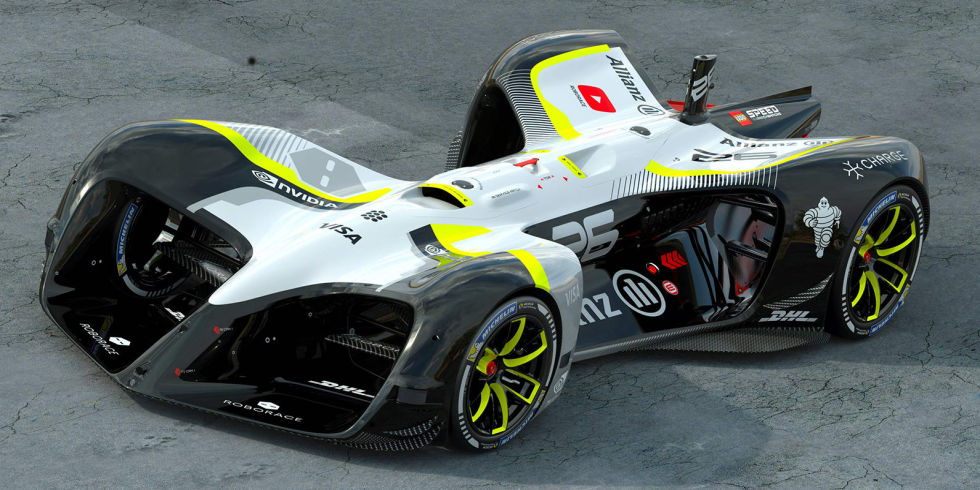
Next, we have a sanctioning committee of some sort enforce these rules by checking every vehicle for compliance, even to the point where members of the committee visit a participating manufacturer’s production facility and randomly select a production-spec car from the line for testing. This would go a long way towards ensuring that no gimmickry has taken place, especially when the routine compliance checks are gone through.
The final task is having a team of drivers (potentially not as necessary as the prior rules) run every car through the testing regiment at least three times, only after each car has been verified to its original recommended factory specifications. The key here is to ensure that this reduces the aforementioned “unicorn lap time” syndrome that we’re experiencing, thereby forcing and holding manufactures to being representatives of honest data.
Jim Glickenhaus wants something like this, and so does Mr. Koenigsegg. I know I don’t have a single quality to measure up to those guys, but damn, they have a good point. Lets hit this problem with a little science, shall we?

